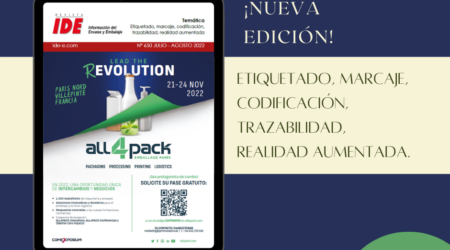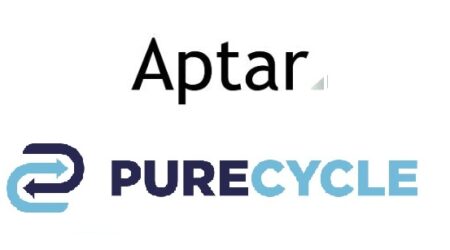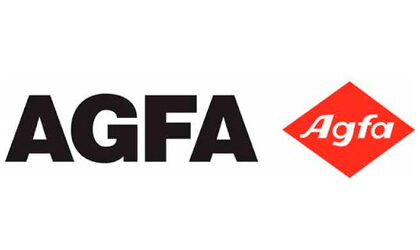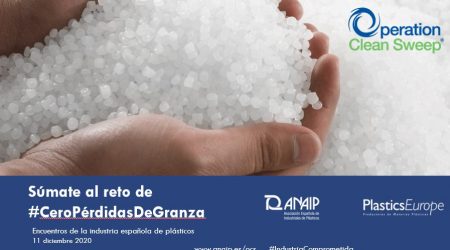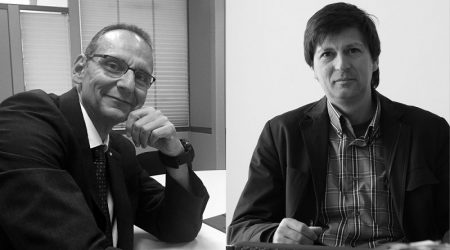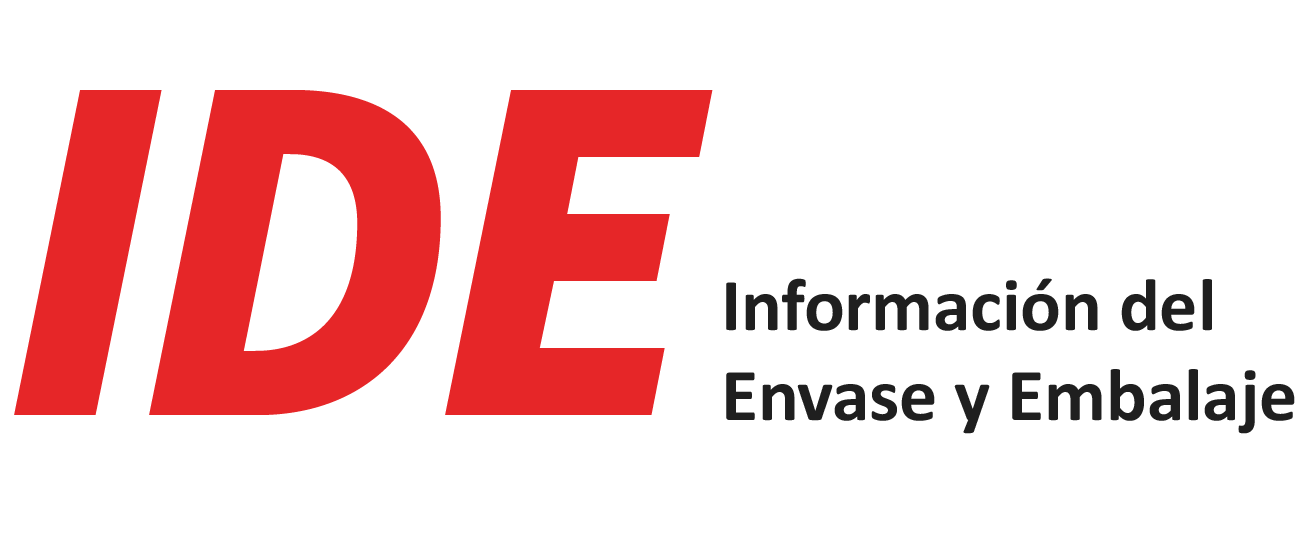Festo at the Hannover Messe 2016. Transporting and gripping in suspension
Festo is showcasing three new, exciting concepts for the industrial application of superconductor technology at the Hanover Messe 2016. With these exhibits, superconductors enable the contact-free transfer of carrier plates in the horizontal plane and their transport across a surface of water, and they allow a gripper to be used in suspension and an object to be moved within an enclosed liquid-filled tube. The unique characteristics of superconductors come to the fore here by making low-energy, efficient motion possible in suspension – even beyond walls or through media.
Superconductors are materials which below a certain temperature can “freeze” the field of a permanent magnet at a defined distance and thus cause it to hover. The resultant gap remains stable in any spatial position. By this means, objects can be held in position contact-free without any control technology and can be moved with only minimal energy requirement. After several years of intensive research and three years of experience in this field at trade fairs, Festo is now meeting with partners and customers to discuss and explore their ideas for application.
“Entirely new forms of movement can be generated with superconductors that have until now seemed impossible. We have now realised twelve different concepts that have already given our customers a great deal of inspiration for new applications. We are currently working on implementing initial pilot projects,” says Georg Berner, Head of Strategic Corporate Development, Group Holding Festo and Project Coordinator for the SupraMotion concepts.
Three new possible applications
With its three current SupraMotion exhibits, Festo is further extending the spectrum of storage and movement possibilities shown to date and is showcasing three new possible applications at the Hanover Messe 2016. All three objects have electrically regulated coolers with a maximum power rating of 80 watts. “As soon as we get below the transition temperature of -180 °C, we can precisely determine the necessary cooling temperature with the regulator, in accordance with the system requirements – if the superconductor is to carry a greater load, we can cool it to a lower temperature, for example,” explains Georg Berner.
SupraJunction: horizontal transfer of suspended carrier plates

With SupraJunction, Festo is demonstrating the contactless transport of objects across enclosed surfaces and through sluice gates. Two carrier plates hover over the superconductors by means of magnetic rails affixed to their underside. They transport small glass containers through a round circuit by being transferred from one superconductor element of a conveyance system to the next element on a different handling system.
In the contact-free transfer from one cryostat to the next, an electromagnet attached to an electrical axis draws the carrier plate onto the next cryostat in the direction of attraction of the magnetic rails. Festo is thus for the first time realising automated transfer from one system to another in the horizontal plane and is making suspended transport possible in long process chains and across system boundaries.
Throughout this process, the plates hover over a flat basin of water. The carrier system and the automation mechanism are thus entirely separated from each other; this protects the components against soiling and greatly facilitates cleaning – ideal for applications in the packaging industry, laboratory automation, medical technology, or the food and pharmaceutical industries.
SupraGripper: mechanical gripping despite spatial separation
With the SupraGripper two grasping elements, each with three fingers, hover freely above two semicircular plates. This technology could enable objects to be grasped and transported within enclosed spaces – a practical solution for clean rooms or for working in liquids, gases or in vacuum.
The hovering effect is generated by three cryostats in all, which are installed beneath the plates and can be driven upwards or downwards. The grippers thus either hover above the plates or are set down onto them. In addition, the two plates can be rotated and precisely positioned by means of two rotary drives, so that the two grippers can be transported from one cryostat to the next.
To grasp an object, electrical spools fitted to the cryostats emit an impulse, which either severs the stored connection to the magnetic gripper elements or restores them, as required. This impulse causes the individual finger elements to fold upwards or downwards, which makes the grippers open or close.
SupraTube: rotation within an enclosed tube
A round cryostat with superconductors is attached to the outside of each end of a liquid-filled glass tube. Inside the vertically oriented tube is a magnetic puck that is virtually tethered to the two cryostats with a levitation gap of around five millimetres and is initially suspended beneath the upper cryostat. A magnetic ring surrounding the cryostats is set into rotation by means of a stepper motor, which transfers this motion to the suspended magnet. The magnet is repelled from the cryostat by an electrical impulse and drifts downwards in a spiral motion. At the lower end, it is captured once more and centred by the superconductor in the other cryostat.
This exhibit shows how a controlled movement can be executed within a tube without direct intervention from the outside. In a slightly modified configuration, drive units with superconductive magnetic couplings could be fitted along the longitudinal axis of the tube in order to draw a cleaning unit through it, entirely free of contact. Alternatively, the contents of a closed container – such as hazardous substances or explosive gases – could be set in rotation.



